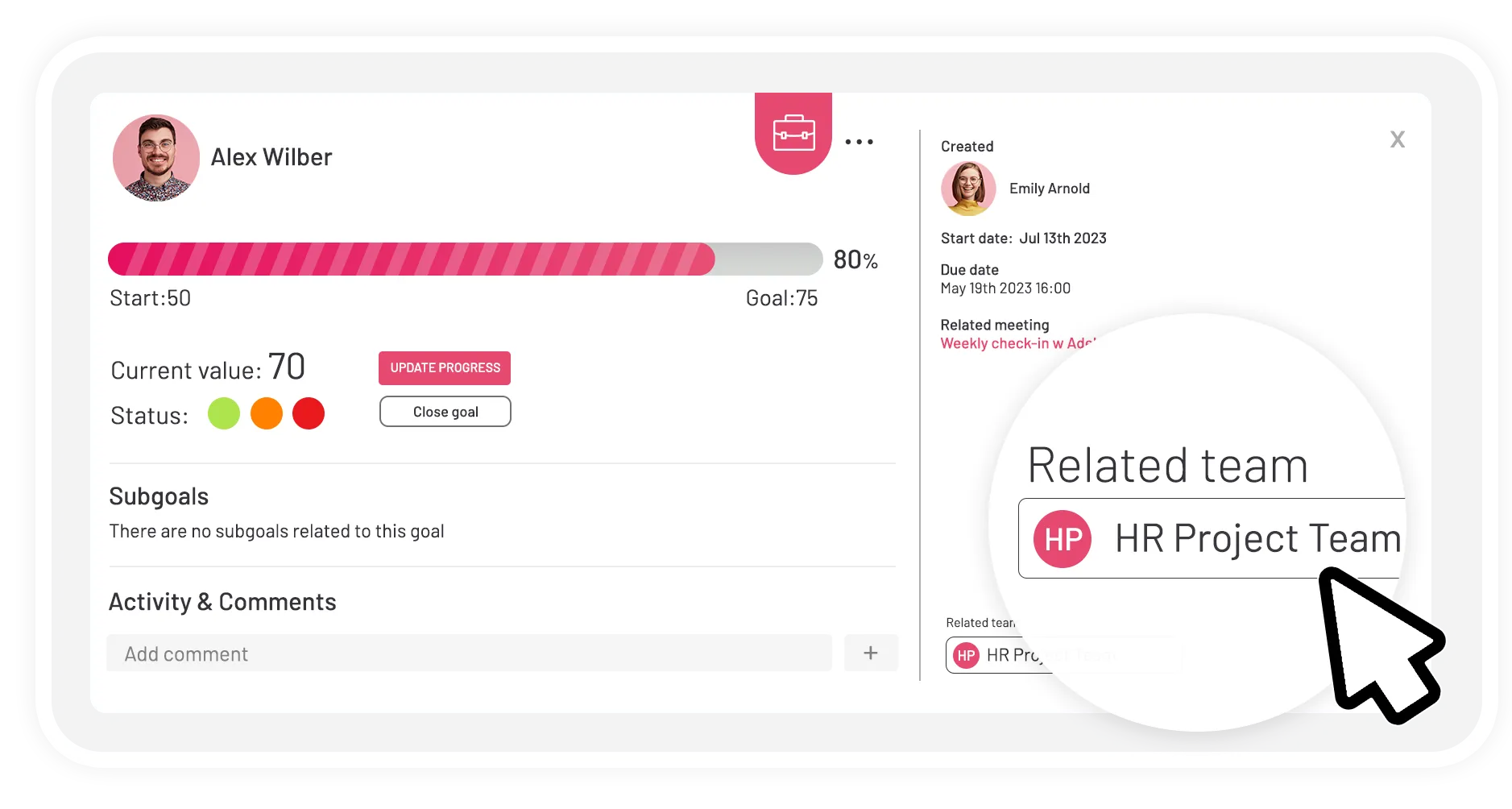Project management might be one of the single most interdisciplinary parts of the performance management ecosystem. When you are talking about project management best practices, you are inadvertently including many different fields, ranging from goal setting and task management to rewards and recognition,, to 360-degree feedback, to implementing performance review software.
Each time a group of individuals form a team and get assigned a new project, an opportunity to create some real magic within your organization is born.
To understand the great uniting power that projects have over teams, all we need to do is examine some of the best teams around and see just how their use of project management best practices elevated them to new heights!
Look at the Fellowship of The Ring for example! They are what can be considered a cross-functional team. Their to-do items included protecting Frodo, taking the One Ring to Mordor, and protecting Middle-Earth from Sauron’s invasion.
Oh, and they are taking on all of these tasks without the help of task software! They did face some adversity along with some employee turnover, but Gandalf’s project management skills prevailed after all!
If that last paragraph alienated our readers who aren’t into Tolkien, we would simply like to say: Sorry not sorry. That being said, we were simply trying to highlight just how universal of a skill effective project management can be!

Table of Contents
Phase 0: What comes before the project?
Before we even start diving into the different phases of project management and analyze each project step in detail, we first need to talk about all the groundwork you need to do before the project itself.
One thing that often escapes leaders is that the success of project management processes often depends not on the project process itself but on the existing culture and infrastructure in an organization.



